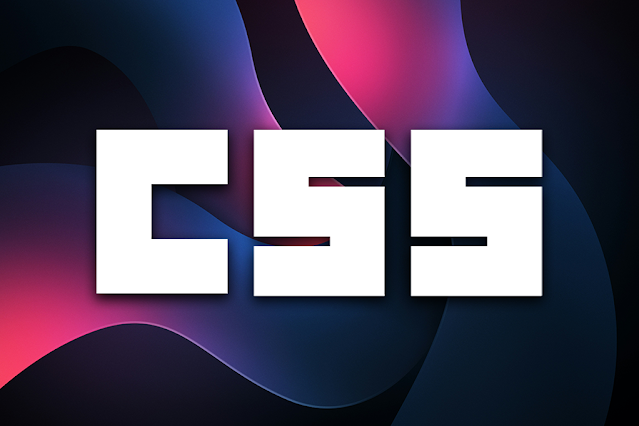Chapter 4: Understanding the CSS Box Model
The CSS Box Model is a fundamental concept in web design that describes the rectangular box that wraps around every HTML element. It consists of four parts: content, padding, border, and margin. In this chapter, we will explore each part of the box model and its importance.
4.1 What is the CSS Box Model?
The box model represents how the browser calculates the size of an element and its position on the web page. The parts of the box model are:
- Content: The area where text and images are displayed.
- Padding: The space between the content and the border.
- Border: The area surrounding the padding, defined by the
borderproperty. - Margin: The space between the element's border and neighboring elements.
4.2 Visual Representation of the Box Model
The following diagram shows the box model structure:
+--------------------+
| Margin |
+--------------------+
| Border |
+--------------------+
| Padding |
+--------------------+
| Content |
+--------------------+
4.3 Box Model Properties
Each part of the box model can be controlled using specific CSS properties:
4.3.1 Content
The content area is defined by the element's width and height.
/* Content Example */
div {
width: 200px;
height: 100px;
}
4.3.2 Padding
Padding is the space between the content and the border. It can be set for all sides or individually for top, right, bottom, and left.
/* Padding Example */
div {
padding: 20px; /* All sides */
padding-top: 10px; /* Top side */
padding-right: 15px; /* Right side */
}
4.3.3 Border
The border is a line surrounding the padding and content. You can customize its width, style, and color.
/* Border Example */
div {
border: 2px solid #3498db;
border-radius: 10px; /* Rounded corners */
}
4.3.4 Margin
Margin is the space outside the border, separating the element from others. Like padding, you can set it for all sides or individually.
/* Margin Example */
div {
margin: 20px auto; /* Top and Bottom: 20px; Center horizontally */
}
4.4 Box-Sizing Property
By default, the box model uses the "content-box" sizing, where padding and border are added to the content dimensions. The box-sizing property allows you to include padding and border in the total width and height:
/* Box-Sizing Example */
div {
box-sizing: border-box; /* Includes padding and border */
}
4.5 Practical Example
Here is a complete example that uses all parts of the box model:
<!DOCTYPE html>
<html lang="en">
<head>
<style>
div {
width: 300px;
height: 150px;
padding: 20px;
border: 5px solid #333;
margin: 20px auto;
background-color: #f0f0f0;
}
</style>
</head>
<body>
<div>This is a box model example.</div>
</body>
</html>
4.6 Summary
In this chapter, you learned about the CSS Box Model and its components: content, padding, border, and margin. Understanding the box model is essential for designing layouts and managing spacing effectively. In the next chapter, we will dive into CSS positioning techniques.









0 Comments